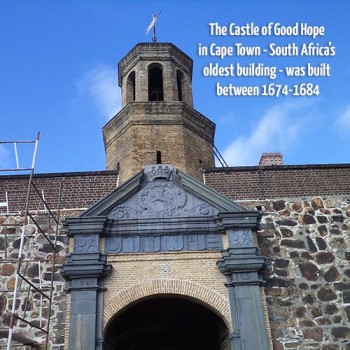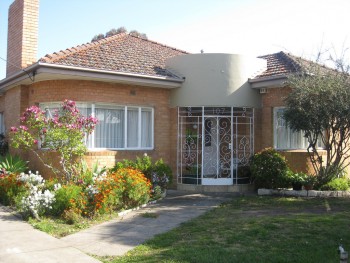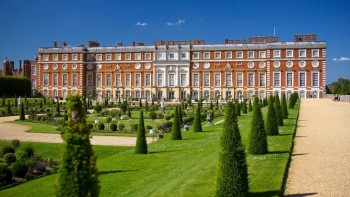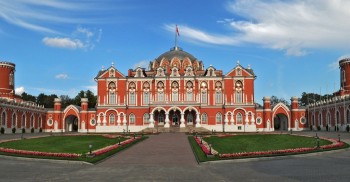#16 Created from nature built to last
Made of clay and shale, the final composition of clay brick includes the four natural elements, i.e., earth, wind, fire and water. Clay bricks contain no pollutants or allergens and are resistant to ants, borer and termites. They are also recyclable or reusable, and can be returned to the earth at their end of their useful life.
Throughout South Africa, clay brick buildings shape our architectural heritage. The Castle of Good Hope in Cape Town, built between 1666 and 1684, has withstood the Cape of Storms for over three centuries and is our oldest surviving building.
The very local first clay bricks were fired in 1656; since then this unrivalled building material has been used to beat our blistering heat, torrential rain, hail, frost and storms.
Due to its extended lifespan, clay brick is the most economical building material available today and uniquely suited to South Africa's climate and lifestyle.
The long lifespan of clay brick structures is due to their impressively high load-bearing capacity, high dimensional stability and compressive strength. These properties limit cracking and ensure structural integrity.
Clay brick is completely fire-resistant and keeps families secure against civil unrest (perhaps one reason why it has always been used in government buildings and palaces!). Clay bricks are resistant to damage from ants, borer and termites that undermine other building materials. Brick masonry cannot rot, tarnish or corrode - keeping it beautiful and secure for centuries.
The legacy of the traditional clay brick home in South Africa
Clay brick homes have protected and served generations of South Africans. South Africa has extensive clay deposits especially near the coast and brick-making was a popular and respected skill in both the British and Dutch cultures. Many homes were built and extended by owners.
Clay brick is particularly suited to the winter rainfall regions of the Western Cape (just as it was in the cold and wet climates of England and Holland).
The deep red brick is designed to absorb the warmth of the sun all day, and release the heat inside during freezing winter nights. Cape Dutch brick homes stayed warm and dry through winter, but remained cool in the summer heat.
Even today, clay brick homes use about 30% less heating and cooling electricity than other masonry materials.
On the Highveld, double-skin brick homes were built for mine personnel all across the Witwatersrand during the post-war boom. Today, these 70-year-old brick homes will say cool through the hottest summer days.
Brick homes keep suburbs quiet – even when half the population works through the night to keep the wheels of our economy turning.
Clay brick – Home to kings, Tsars and Emperors
So if you have a red brick home - be proud of it! You are in illustrious company. King Henry the 8th lived in a home of red clay brick - the world renowned Hampton Court Palace. His descendants, Queen Elizabeth and Prince Charles have clay brick homes today.
The Great Wall of China protected half of Asia from the Mongolian invaders, and many of the world’s most beautiful heritage buildings show off clay brick exteriors.
And if you think clay brick is outdated, then just look at the latest trends in exposed brick walls in the most expensive apartments in New York and London. The moulded ceilings common in our older colonial homes, are also high fashion these days.





